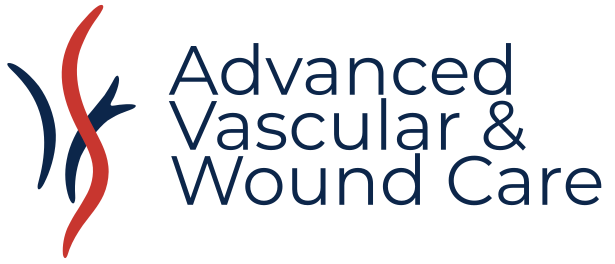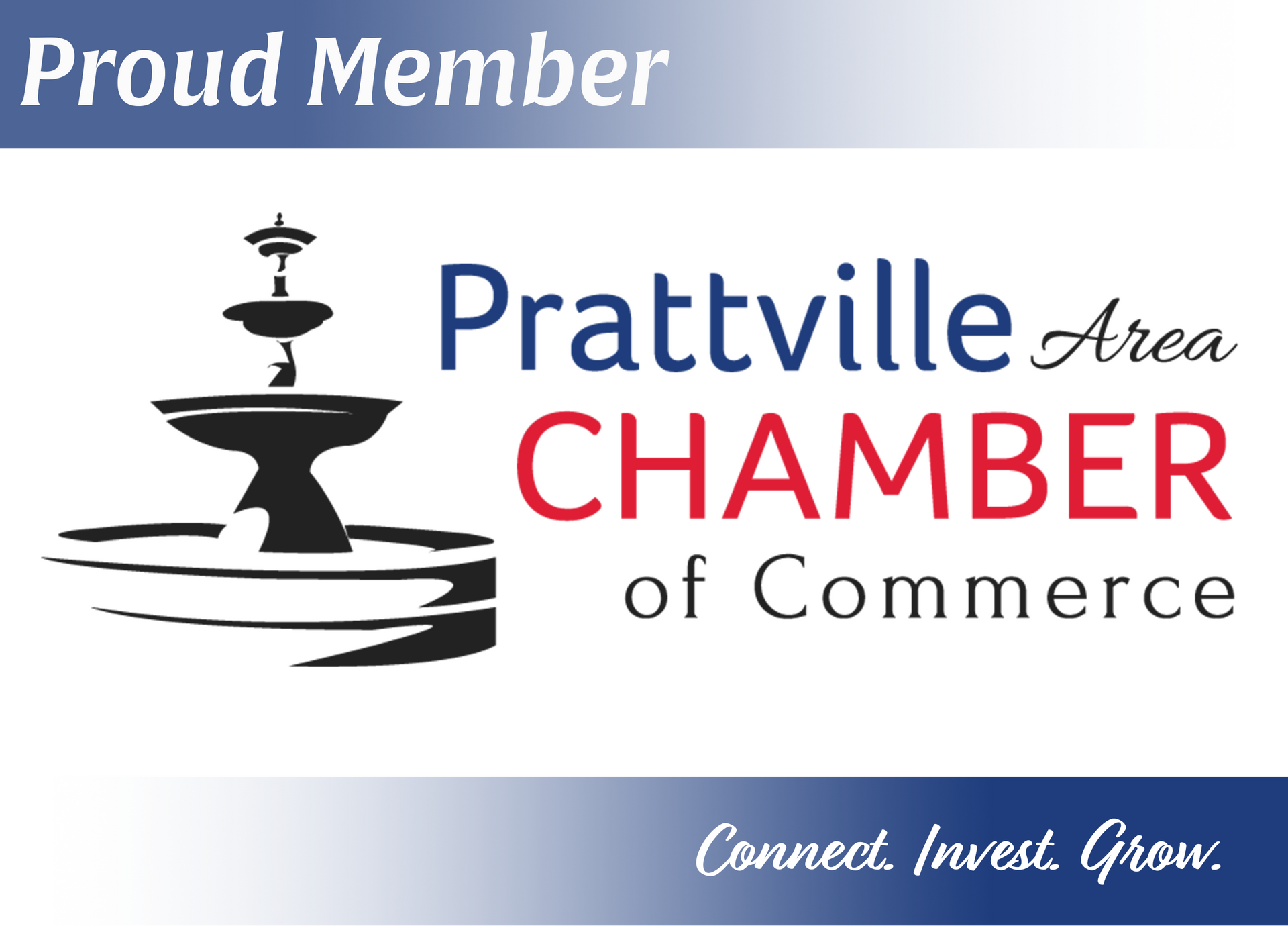Venous Stasis Ulcer Treatment in Prattville, Alabama
Heal Chronic Leg Wounds and Prevent Them From Coming Back
Heal Stubborn Leg Ulcers and Reclaim Your Mobility
Venous stasis ulcers are the most common type of chronic leg wound, affecting over 500,000 Americans and causing significant pain, disability, and reduced quality of life. At Advanced Vascular and Wound Care in Prattville, Alabama, our board-certified vascular surgeons provide comprehensive treatment for venous stasis ulcers, combining advanced wound care with correction of underlying venous disease to achieve healing and prevent recurrence.
Don't let chronic leg ulcers control your life. Expert treatment can heal even long-standing wounds and help you return to normal activities with confidence.
Understanding Venous Reflux
When vein valves weaken or become damaged, blood flows backward instead of toward the heart. This causes pressure and blood pooling in the lower legs, which worsens over time without treatment.
Risk Factors for Venous Ulcers
Primary Risk Factors: History of deep vein thrombosis (blood clots), varicose veins, family history of venous disease, multiple pregnancies, and previous leg injuries.
Contributing Factors: Prolonged standing occupations, obesity, advanced age, sedentary lifestyle, and previous episodes of leg swelling or skin changes.
Medical Conditions:
Heart failure, kidney disease, and other conditions that can worsen leg swelling and impair healing.
Symptoms of Venous Ulcers
Pain: Aching, throbbing leg pain that worsens with standing and improves with elevation.
Swelling: Chronic leg and ankle swelling that may worsen throughout the day.
Skin Changes: Brown discoloration (hemosiderin staining), thickened skin (lipodermatosclerosis), and white, scarred areas (atrophie blanche).
Drainage: Moderate to heavy wound drainage that may require frequent dressing changes.
How We Diagnose Venous Ulcers
Duplex Ultrasound:
Evaluates valve function and identifies reflux in superficial and deep veins
Arterial Testing:
Ensures good arterial blood flow before treatment
Wound Assessment:
Measures ulcer size, depth, drainage, and checks for infection
Medical History Review:
Identifies contributing conditions like diabetes, prior DVT, or heart failure
Comprehensive Treatment Approach
Compression Therapy
Improves venous return and reduces swelling.
- Custom-fitted compression stockings
- Multi-layer bandaging systems
- Pneumatic compression devices for advanced edema
Venous Procedures
Treats underlying reflux that caused the ulcer.
- Endovenous laser treatment (EVLT)
- Radiofrequency ablation
- Foam sclerotherapy
Advanced Wound Care
Promotes healing in slow-to-close wounds.
- Debridement and antimicrobial dressings
- Moisture-balanced wound dressings
- Growth factor applications and skin substitutes
- Negative pressure wound therapy
Edema Management
Reduces swelling and prevents tissue damage.
- Elevation therapy
- Manual lymphatic drainage
- Compression wrapping and devices
Benefits of Treatment
Faster Healing:
Most ulcers heal in 3–6 months with proper care.
Lower Recurrence:
Combining vein treatment with compression reduces future ulcers.
Minimally Invasive:
Office-based vein treatments—no hospital stay required.
Comprehensive Support:
From wound care to follow-up and prevention.
Why Choose Advanced Vascular & Wound Care?
Dr. Justin Parden has extensive experience treating venous stasis ulcers with excellent healing rates and low recurrence rates. Our comprehensive approach addresses both the wound and underlying venous disease for optimal long-term outcomes.
Our Prattville facility features a dedicated wound care center with advanced compression fitting services, state-of-the-art wound care equipment, and coordination with vascular intervention capabilities for complete care.
Caring for Your Legs After Treatment
We’ll teach you how to:
- Apply and care for compression stockings
- Recognize early signs of skin breakdown
- Prevent injury and skin irritation
- Elevate your legs and manage swelling at home
- Maintain follow-up care to prevent recurrence
Frequently Asked Questions
Schedule Your Ulcer Consultation
Tired of managing a stubborn leg wound? Call (334) 659-4717 to schedule your venous ulcer consultation at Advanced Vascular & Wound Care—serving
Prattville, Montgomery, and Central Alabama with advanced, compassionate wound care and vein treatment.

